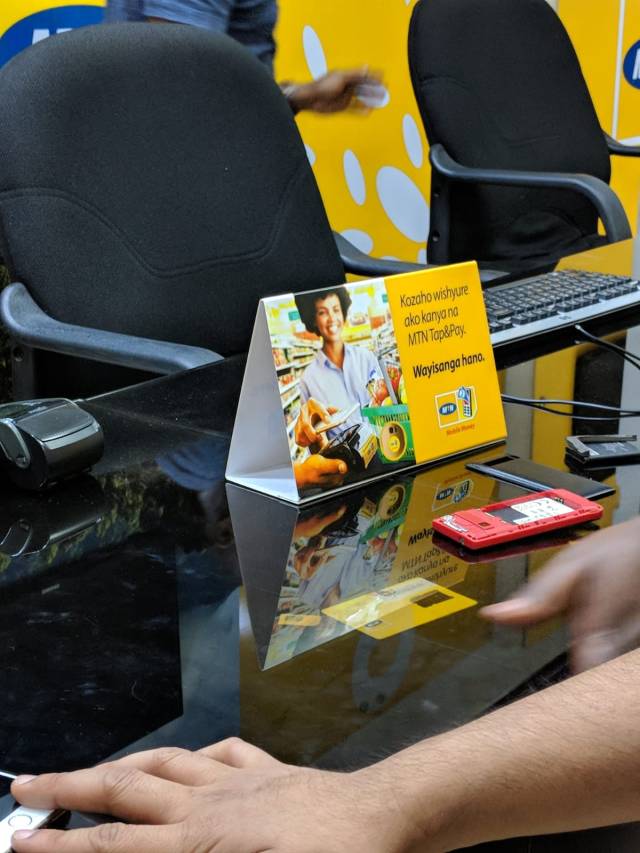To contextualize our presentation, we started out with a fictitious character and problem. Our character, Jimmy, wins the lottery one day and wants to invest in the stock market. However, before he does, he hears about the cryptocurrency market (also known as the token market) from a mysterious bald finance professor. He comes to our group for some guidance on his issue. Throughout the presentation, we refer back to Jimmy in order to more easily explain concepts through theoretical examples.
Jimmy has two potential markets where he can invest as a general member of community. One of them is the stock market. In the stock market, only certain companies that went through IPO can be listed. So what is an IPO?
An initial public offering, or IPO, is the very first sale of stock issued by a company to the public. Prior to an IPO the company is considered private, with a relatively small number of shareholders made up primarily of early investors (such as the founders, their families and friends) and professional investors (such as venture capitalists or angel investors). The public, on the other hand, consists of everybody else – any individual or institutional investor who wasn’t involved in the early days of the company and who is interested in buying shares of the company. Until a company’s stock is offered for sale to the public, the public is unable to invest in it. You can potentially approach the owners of a private company about investing, but they’re not obligated to sell you anything. Key features of publicly traded company is that company that issued stock usually knows who are its shareholders, and in order to issue an IPO usually uses the help of banks and is listed in certain trading platforms such as NYSE and NASDAQ.
Another option that Jimmy has is the token market. Token market consists usually from various companies that have issued ICO in the blockchain platform. These companies can be tech companies in the blockchain filed, however token market is not restricted to them. Any company, that even has nothing to do with blockchain can issue an ICO. So what it is? ICO stands for “initial coin offering,” and refers to the creation and sale of digital tokens. In an ICO, a project creates a certain amount of a digital token and sells it to the public, usually in exchange for other cryptocurrencies such as bitcoin or ether. The price of the token is determined solely by the company, unlike shares that are evaluated based on the price and the value of the company estimated by the investors and regulated by the trading platforms. Token market tends to be relatively free and un-centralized. Companies, especially young startups, see it as a fast way to do crowdfunding, that does not require them to give up ownership of the company.
Regulations of issuing IPOs:
When a company decides to issue an IPO, there are two main entities that they have to take in to consideration. The first is the exchange itself. The most important condition that the firm has to fulfill is the minimum amount of income required to issue their shares on the exchange. For instance, NYSE requires a minimum of 10 million USD pre-tax income aggregated in the past 3 years). The other important factor to take into consideration is the law, the company has to prepare a prospectus, which is essentially a legal declaration of the company’s intention of issuing the shares.
Regulations of issuing ICOs:
ICOs are a new young concept, thus, no laws and restrictions are made for it. Therefore, it is easier for the company to issue an ICO. The only document that is expected of the company is white paper that explains the project and background of the company. And even this document does not have a fixed format.
Requirements for the investor:
For IPOs, the investor has to apply through a bank, which can reject or accept the application. Furthermore, purchasing shares from foreign markets can sometime be difficult and problematic. On the other hand, for tokens, investors can purchase tokens from any company in country in the world.
Utility:
Assuming that both investing opportunities are profitable, what does Jimmy acquire in that case?
For shares, Jimmy would most likely have ownership and voting right in the company. In addition, depending on how the company is doing, he will get yearly dividends.
As for tokens, Jimmy can literally get anything. It all depends on how the token is structured. A token can act like a share, or it can benefit the investor by giving him their products every month. Or it can be something as simple as obtaining right of eating in the company’s cafeteria. It all depend on the nature of the token and how it is structured.
We came to a conclusion that it all depends on Jimmy’s risk-tolerance. Was he fine with slow but consistent and steady growth of his investments through the stock market? Or was he willing to invest in a high risk, high reward system such as the cryptocurrency market? Due to the nature of the two markets, some people may choose one over the other. In any case, Jimmy could also choose to invest in both.

